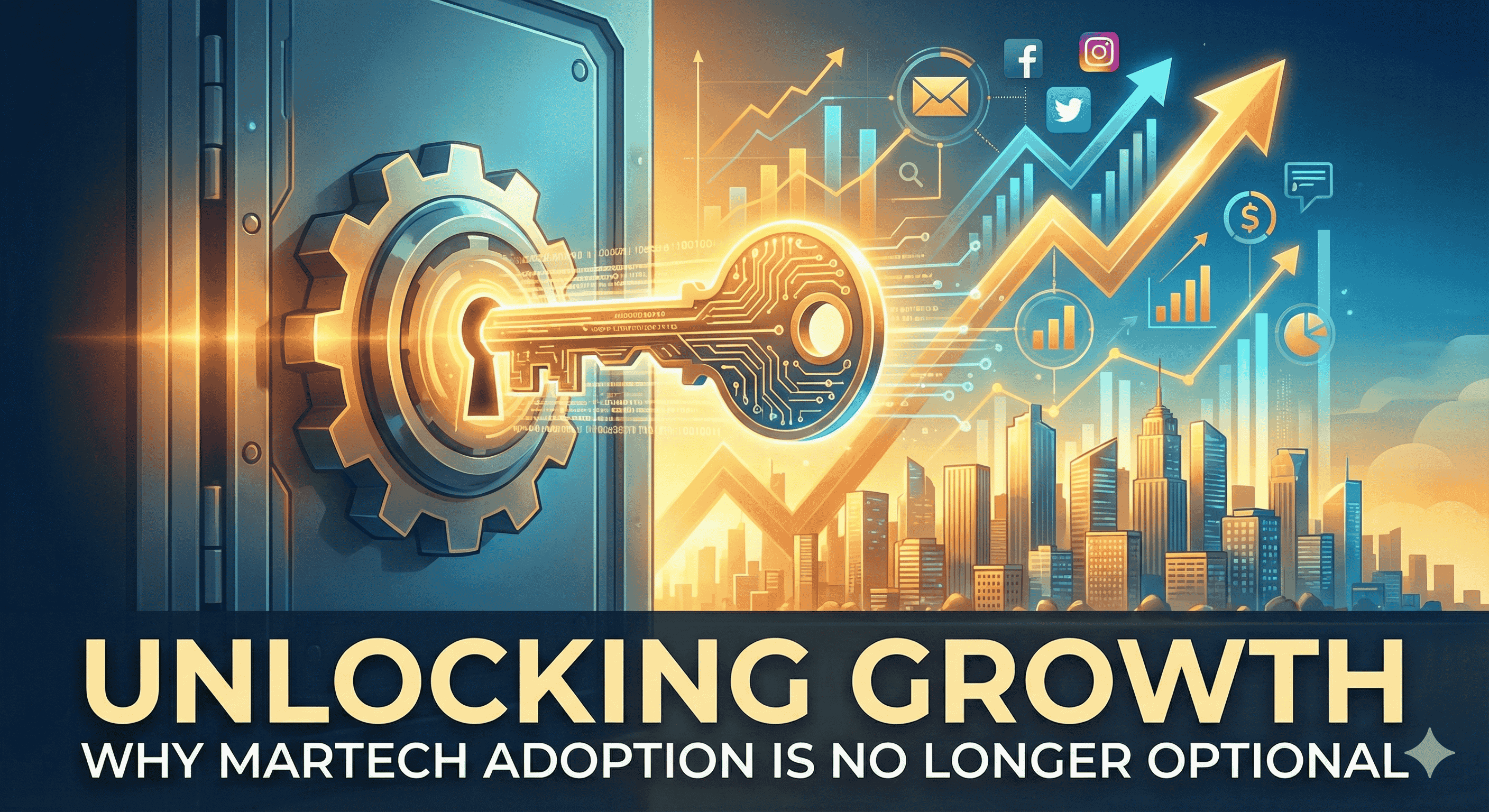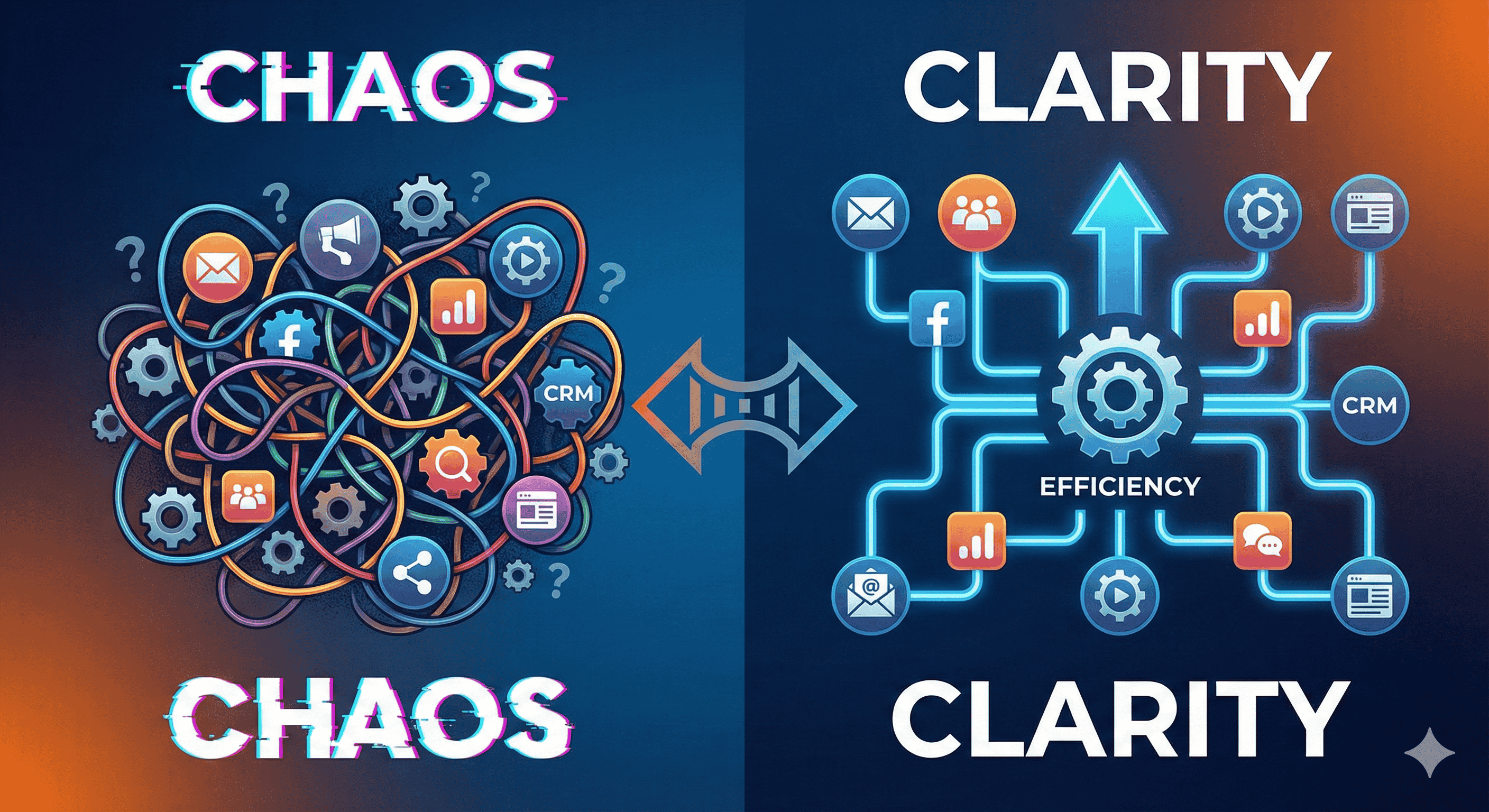In today’s fast-evolving digital landscape, businesses are constantly seeking ways to enhance efficiency, improve customer engagement, and drive growth. A well-structured marketing technology (martech) stack can be a game-changer. This article explores how a tailored martech stack can unlock growth for organizations, supported by data, integration, and strategic implementation.
Understanding the Martech Stack
A martech stack encompasses all the tools and technologies that marketers use to plan, execute, and analyze their marketing campaigns. This stack can include everything from Customer Relationship Management (CRM) systems and email marketing platforms to analytics tools and social media management software. Building a tailored martech stack involves selecting tools that align with the organization’s unique goals, audience, and operational needs.
The Importance of Customization
- Targeted Solutions: Off-the-shelf solutions may offer broad functionalities, but they often lack the specific features needed for distinct business challenges. Customized stacks allow businesses to select tools that directly address their requirements, whether it’s segmenting audiences, automating email campaigns, or analyzing customer behavior.
- Seamless Integration: Each tool in the martech stack needs to communicate effectively with others to ensure a smooth flow of data. Customizing your stack can enhance integration among tools, leading to more cohesive marketing efforts. For instance, integrating CRM systems with email marketing tools ensures that customer data is consistently updated and utilized across all platforms.
- Scalability and Flexibility: As businesses grow, their marketing needs evolve. A tailored martech stack can be designed to easily scale and adapt, ensuring that you can incorporate new tools or functionalities whenever necessary without overhauling the entire system.
Driving Results with a Tailored Martech Stack
- Enhanced Customer Insights: Data-driven decision-making is at the heart of effective marketing strategies. With the right tools in place, businesses can gain deep insights into customer behavior, preferences, and trends. This data can be harnessed to craft personalized experiences, improving engagement and conversion rates.
- Streamlined Marketing Operations: A well-organized martech stack reduces the time spent on repetitive tasks. Automation tools, for example, can handle everything from lead nurturing to social media posting, freeing up teams to focus on strategy and creative processes.
- Improved ROI: By leveraging analytics tools within a tailored stack, businesses can measure the effectiveness of their campaigns in real time. This allows for rapid adjustments and optimizations, ensuring that marketing budgets are spent efficiently and effectively.
- Cross-Channel Consistency: Today’s consumers interact with brands across multiple channels. A tailored martech stack facilitates consistent messaging and branding across platforms, which is crucial for maintaining customer trust and loyalty.
Case Studies: Success Stories
- Company A, a mid-sized e-commerce retailer, implemented a tailored martech stack that integrated its CRM, email marketing, and analytics tool. By leveraging data analytics, they personalized email campaigns based on customer purchase history, resulting in a 30% increase in conversion rates in just three months.
- Company B, a B2B service provider, focused on integrating their lead generation tools with their CRM. This seamless integration allowed for automatic follow-ups, greatly improving lead conversion efficiency from 10% to 25%.
Best Practices for Building Your Martech Stack
- Assess Your Needs: Conduct a thorough analysis of your business goals and challenges. Identify the specific functionalities needed in your martech tools.
- Prioritize Integration: Choose tools that can easily integrate with each other, ensuring a smooth flow of data and eliminating silos.
- Stay Agile: Adopt a mindset of continuous improvement, continually reassessing your stack as technologies and market conditions evolve.
- Invest in Training: Ensure that your marketing team is adequately trained on the selected tools. A talented team can maximize the potential of your martech stack.
- Monitor and Optimize: Regularly analyze performance metrics to assess the efficiency of your martech stack. Use data to inform decisions on whether to refine, replace, or add new tools.
Conclusion
A tailored martech stack is not just a collection of tools; it is a strategic asset that can drive results and unlock growth for organizations. By investing in the right technology and ensuring it aligns with business goals, companies can harness the power of data, enhance customer engagement, and ultimately achieve a competitive edge in the marketplace. As the digital landscape continues to evolve, so too should your marketing technology strategies—ensuring lasting success and growth in an increasingly complex environment.








